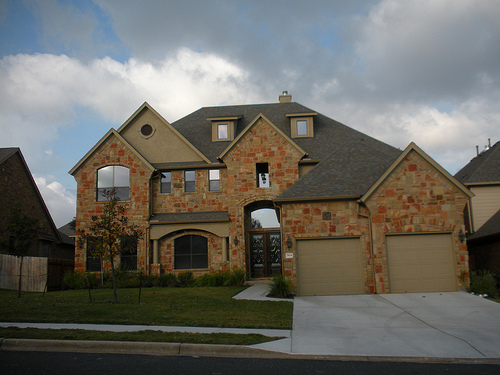Investing in a home is a great opportunity to save the future, but there are many costs entailed in having a mortgage that renters never have to worry about. The cost of repairs, home insurance, and interest on the mortgage is the largest side expenses to homeownership. Another cost of ownership is the choice of either paying private mortgage insurance (PMI) premium each month or facing a higher interest rate on the loan.
 PMI is protection for the lender against mortgage default for any reason that is not covered by home insurance. It is a requirement of all lenders, including the government lending organizations, for borrowers with less than 20 percent equity in the home and will be purchased by either the borrower or lender. It may be more advantageous to purchase PMI separately, and this will depend on several factors outlined below.
PMI is protection for the lender against mortgage default for any reason that is not covered by home insurance. It is a requirement of all lenders, including the government lending organizations, for borrowers with less than 20 percent equity in the home and will be purchased by either the borrower or lender. It may be more advantageous to purchase PMI separately, and this will depend on several factors outlined below.
Quick Comparison
PMI is a monthly expense of homeownership, but it will only be necessary so long as you hold less than 20 percent equity in the home. The alternative is to let the lender purchase PMI, and this will result in a higher interest rate that extends over the total life of the mortgage. As a straight comparison, it seems obvious that buying a policy yourself is the best way to save in the long run, but this is not always the case.
Down Payment and Building Equity
A couple of factors can rapidly change the speed at which a borrower achieves 20 percent equity. Home appreciation is generally slow, but this does result in the growth of equity. If improvements are planned in the short term, it is worthwhile to calculate the effects these will have on equity.
The fastest way to grow equity is to present a large down payment. The closer you are to 20 percent, the shorter the amount of time that PMI will be a necessity. Though not always possible, it is a good idea to weigh the cost of premiums against the cost of a higher down payment. PMI premiums are lost money, but the down payment represents a real investment that grows over time.
Life of Mortgage and Taxable Income
Many home buyers plan to sell in a few years, and this offers the opportunity to save money by foregoing PMI and accepting a higher interest rate. The situation gets even better for those with income in higher tax brackets. Interest rates on a mortgage are always tax-deductible, and the higher interest rate means a great deduction in taxable income, whereas PMI purchasers will enjoy no such benefits.
Strict Cost Comparison
When making the decision, two pieces of information will be of value. Find out how much PMI premiums will be, and compare these to the monthly cost of the higher interest rate lenders will charge instead of PMI. Keep in mind that banks get a better deal than individuals on mortgage insurance. Some lenders will only raise the rate enough to cover their costs, while others will take the opportunity to turn a greater profit.
All lenders will require PMI or a higher interest rate to cover their cost of purchasing mortgage insurance. Not all lenders will offer the choice, however. If finances are tight and the cost/benefit comparison of the options is confusing, it is definitely worthwhile to speak with a financial consultant. There are many side costs to homeownership, and every savings opportunity is worth exploring.


Leave a Reply